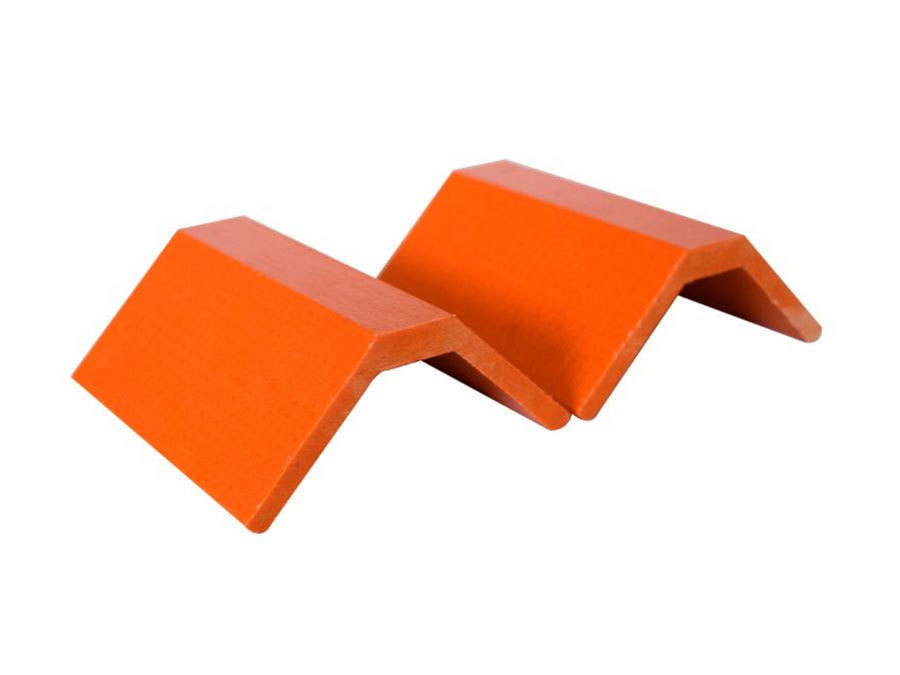Fast delivery
Global supplier
Innovative solutions
Exploring the Advantages and Applications of FRP Angle Steel in Construction
Jun 12,2025
Fiber Reinforced Polymer (FRP) angle steel is gaining traction in construction due to its impressive strength-to-weight ratio, corrosion resistance, and versatility. Made from a composite of resin and fibers, FRP angle steel is designed to meet the demands of modern construction while addressing the challenges posed by traditional materials like carbon steel.
One of the foremost advantages of FRP angle steel is its lightweight nature. This characteristic not only facilitates easier handling and installation but also reduces the overall weight of structures, which can lead to cost savings in foundation requirements and other supporting structures. The lightweight aspect is particularly beneficial in applications where reducing load is crucial, such as in retrofitting existing buildings or in designs that require extensive cantilevers.
Corrosion resistance is another key benefit of FRP angle steel. Unlike traditional steel, which is prone to rust and degradation when exposed to moisture and harsh environments, FRP does not corrode. This property makes FRP angle steel ideal for applications in chemical processing plants, marine environments, and anywhere else that might expose materials to aggressive conditions. As a result, structures made with FRP angle steel often have a longer lifespan, reducing maintenance costs and downtime.
In terms of applications, FRP angle steel can be used in a variety of structural elements including beams, columns, and bracings. Its ability to be manufactured in custom sizes and shapes allows for greater flexibility in design, enabling architects and engineers to push the boundaries of creativity and innovation. Additionally, the aesthetic qualities of FRP can be leveraged to create visually appealing structures without compromising on strength or performance.
Moreover, FRP angle steel contributes to sustainable construction practices. The materials can often be sourced responsibly, and their long-lasting nature means less frequent replacements, leading to reduced waste. Furthermore, their lightweight characteristic can lead to lower transportation emissions, aligning with the global trend towards greener construction.
In conclusion, FRP angle steel represents a forward-thinking option for construction professionals looking to enhance their projects with durable, versatile, and eco-friendly materials. As industries continue to evolve, staying informed about innovative products like FRP angle steel is crucial for maintaining a competitive edge and delivering high-quality results in the construction and decorative materials sector.
One of the foremost advantages of FRP angle steel is its lightweight nature. This characteristic not only facilitates easier handling and installation but also reduces the overall weight of structures, which can lead to cost savings in foundation requirements and other supporting structures. The lightweight aspect is particularly beneficial in applications where reducing load is crucial, such as in retrofitting existing buildings or in designs that require extensive cantilevers.
Corrosion resistance is another key benefit of FRP angle steel. Unlike traditional steel, which is prone to rust and degradation when exposed to moisture and harsh environments, FRP does not corrode. This property makes FRP angle steel ideal for applications in chemical processing plants, marine environments, and anywhere else that might expose materials to aggressive conditions. As a result, structures made with FRP angle steel often have a longer lifespan, reducing maintenance costs and downtime.
In terms of applications, FRP angle steel can be used in a variety of structural elements including beams, columns, and bracings. Its ability to be manufactured in custom sizes and shapes allows for greater flexibility in design, enabling architects and engineers to push the boundaries of creativity and innovation. Additionally, the aesthetic qualities of FRP can be leveraged to create visually appealing structures without compromising on strength or performance.
Moreover, FRP angle steel contributes to sustainable construction practices. The materials can often be sourced responsibly, and their long-lasting nature means less frequent replacements, leading to reduced waste. Furthermore, their lightweight characteristic can lead to lower transportation emissions, aligning with the global trend towards greener construction.
In conclusion, FRP angle steel represents a forward-thinking option for construction professionals looking to enhance their projects with durable, versatile, and eco-friendly materials. As industries continue to evolve, staying informed about innovative products like FRP angle steel is crucial for maintaining a competitive edge and delivering high-quality results in the construction and decorative materials sector.
Contact Us
Tel:
+86017717930013 +86013621742959
Email:
Address:
No.99 Denggao Road, Motou Town, Rugao City, Jiangsu Province, China.








